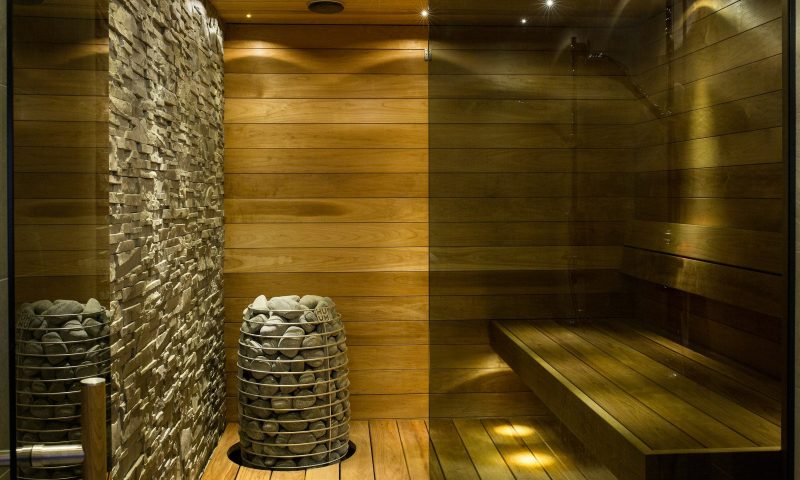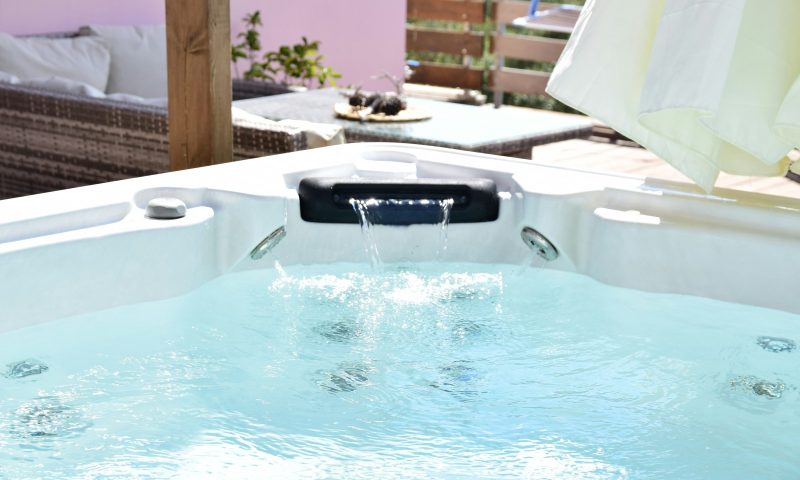Personally, I love heat therapy, and I speak from experience when I say it helps my mind and any pain I might be dealing with at the time. I find it relaxing and inviting to step into a wooden sauna or soak in a fizzing hot tub or a really hot bubble bath with Epsom salt, spritzed with rose essential oil.
The classic sauna

Many elite athletes use heat therapy to aid in recovery after an intense workout session or an endurance event. One study revealed that men who had a sauna session most days of the week over two decades had a 50% reduced risk of a fatal heart attack compared to men who took one sauna a week or less. Another study revealed that getting in the sauna can provide similar benefits acutely to aerobic exercise, especially for those who are unable to do aerobic exercise.
Hot water immersion

Researchers have also studied the ever-popular hot tubs and hot water immersion. They concluded that men were able to jump higher after a hot soak compared to a cold one. As the author of that study pointed out, hot water can increase blood flow and help muscle fibers repair and become stronger after exercise. So, that being said, which is the better recovery tool? The hot water immersion of a hot tub or an inviting hot sauna? I was interested to see the results of a recent study where researchers explored exactly that.
The study

In a study published in the American Journal of Physiology, researchers sought to determine whether traditional saunas, infrared saunas, or hot tubs provided the most health benefits and served as the most effective recovery tool. They compared the cardiovascular, thermoregulatory, and immune responses of 20 healthy men and women, noting that no previous studies have compared the acute responses between these three types of heat therapy.
All 20 adults completed three bouts of the three types of passive heating separated by at least one week. The researchers measured their core temperature at baseline and every five minutes during heating. They also measured cardiac output before, halfway, and at the end of heating, as well as collecting venous blood at baseline and at various stages after the heat therapy to check for inflammatory cytokines and immune cell populations.
The results

The researchers weren’t surprised that the hot tub wore the crown and increased core body temperature the most. It’s the increased core body temperature that prompts those responses. The researchers note that hot water immersion increases core temperature, which in turn increases blood flow. Better blood flow is good news for your cardiovascular health and for exercise recovery and muscle repair.
You can’t dissipate heat in water as well as you can in air. Essentially, being submerged in hot water makes it more difficult for you to sweat and cool yourself down. The hot tub also resulted in the greatest increase in cardiac output compared to both the traditional and infrared saunas. A single bout of hot water immersion resulted in the most significant cardiovascular, thermoregulatory, and immune responses compared to the saunas.




